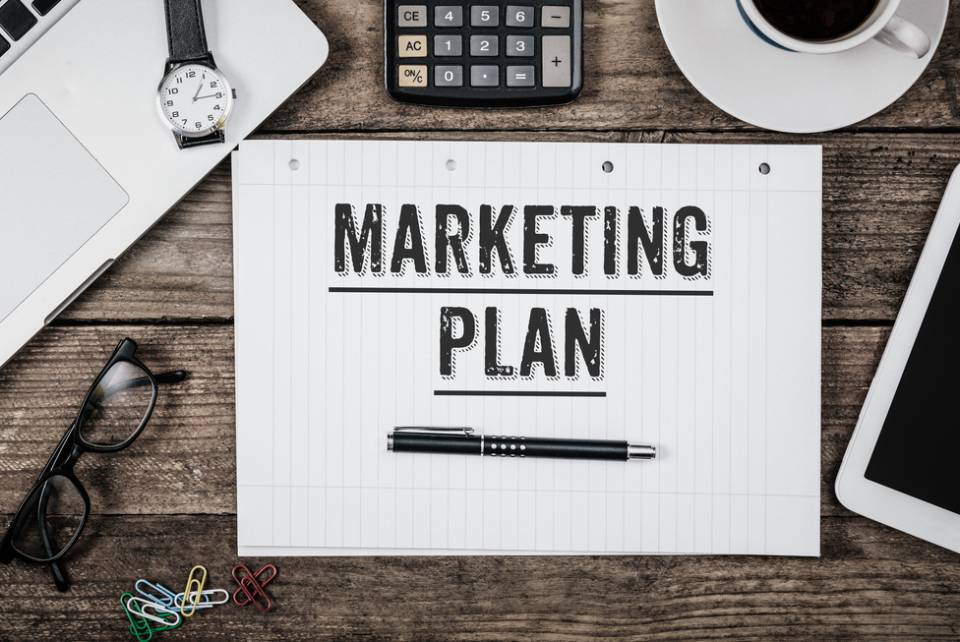Marketing Plan: What Is It? Is It Imperative? What Does It Contribute To My Company? Who Does It? How Is It Done?

The marketing plan is a thing of the past. How many times have we heard this? We will explain why it is not like that.
We live in a time when immediacy prevails, in which we have things almost instantly. We are getting used to getting “rewards” faster and faster: LIKES, I LIKE, SHARED, … but what happens when we stop calling them? Have we ever wondered why sometimes our “marketing” works and sometimes it doesn’t? That’s where the importance of the marketing plan comes in.
Nerd. We do not mean that improvisation and immediacy are not beneficial for marketing, and they are. The “real-time marketing” has more and more force in our marketing actions, but we cannot pin our hopes of success on improvisation.
Why not? Because both our clients and potential clients and the market in which our company operates, continuously changes. Consumption trends change, business and economic situations change, tastes change, the way we communicate changes. To respond to that constant change in which we have been moving for a few years, it is essential to have a deep knowledge of the client and the sector in which we are competing.
The marketing plan will be our guide, our map to not launch without a clear direction and defined objectives. It will be what measures whether we are getting closer to our goals or not.
Should all companies have it? Of course. Regardless of its size, any company should count on this roadmap. Each company is different, and it has different needs and objectives. For this reason, each marketing plan must be specific for each company. Each company must have its goals and strategies, and tactics to achieve them.
Table of Contents
How Do You Make A Marketing Plan?
First, we will start with the ANALYSIS PHASE:
Here we will analyze the company. We will ask ourselves questions of the type:
What Do I Want To Sell? Because We Start From The Basis That All Companies Aim To Sell
- What do I sell?
- What products or services am I going to focus on?
- Why in those and not in others? No, I can’t focus on all of them … well, yes, if you can if you have a reasonable marketing budget, if you don’t have it, you have to prioritize and package products or services.
- Are they competitive?
Who Do I Want To Sell To?
- What is my target audience like?
- Where do you live?
- Do they have work?
- Do they have children, family …?
- What is their motivation to buy from me?
Who was in my competition? When we speak of competition, we refer to DIRECT competition (that which takes away customers because it sells the same as we do) and INDIRECT (that which can cause us to be substituted by another similar or complementary product or service).
Finally, in this preliminary analysis phase, we would look for CONSUMER TRENDS. This information will give us clues about new market niches, new ways of consuming. When we have all this information, what do we get? A fantastic SWOT, from which we will start organizing our roadmap or marketing plan.
How Do We Start?
1. OBJECTIVES: What are we going to achieve? In what period? How will our conversion funnel work? How are we going to measure the results?
2. STRATEGY: At this point, we will define, with the help of all the information obtained previously, the great idea around which our marketing actions will revolve. In addition to having all the above information, research is fundamental, WITHOUT RESEARCH, there is no CREATIVITY, and if we are not creative, our strategy may not work. It is unnecessary to be inspired only by the competition, sometimes any company can make the light bulb go on, and we can create a strategy worthy of top brands.
We continue to move forward with the steps to determine the rest of our marketing plan.
3. MEDIA: What media does my target audience use the most? What will my media mix be? Am I going to use all of them? How am I going to prioritize them? Do I go through different phases based on seasonality, for example? How does this mix accompany the customer journey?
This point is again of vital importance if we do not know how our clients and our target audience consume media, for that different company would provide us with information on media consumption.
4. TACTICS: It is essential to clarify that it is at this point and NOT in STRATEGY where it is defined, as precisely as possible, HOW WE ARE GOING TO DEVELOP EACH ACTION. That is, in what medium, at what time of the year, with what creative pieces, and most importantly, what objective we expect from each action and medium.
4.1. KPI’s: What are the values that will mark the success of the development of my brand. Are they qualitative? Are they quantitative? What means does each one come from? How relevant will each KPI be?
We have to bear in mind that a marketing plan must be a LIVE document and that we must consult, rectify and modify throughout the year.
It is not an easy, simple, or quick job to do. But if we can create a marketing plan adjusted to our company and needs, the chances of making mistakes in our communication actions will be drastically reduced.
When we are faced with creating a document of these characteristics, the first thing we must do is a thorough study of both the situation in our business sector and the situation in which my target audience finds itself.
Also Read: Growth Marketing: Basic Skills, Techniques, And Knowledge






